The King beyond the Blue Mountains-Panamanian Rose Summer
In the early years, most of the recognition of top coffee followed Japan. One king and one queen in coffee---Jamaica Blue Mountain and Hawaii Kona, but with the continuous improvement of coffee producing countries and information sharing, we were exposed to more fine coffee, and this coffee bean Panama rose summer became the new king of coffee in recent years.
Geisha:

The species Geisha was discovered in 1931 in Ethiopia's Guisha Forest and sent to the Coffee Institute in Kenya; introduced to Uganda and Tanzania in 1936, Costa Rica in 1953, Panama in the 1970s by Francesco de la Domba Seven Farm. Mr. Serrazin picked up seeds from CATIE in Costa Rica and started growing rosewood coffee.

Geisha, carrying the power of a hurricane to sweep the coffee world, this coffee revolution is fierce, so that originally occupied the coffee kingdom for a long time a king and a queen ~ Jamaica Blue Mountain, Hawaii Kona also have to retreat, this wild variety originally from Ethiopia, after experiencing countless battles, has now spread to all major coffee producing areas, and its best spokesman is from Panama "La Esmeralda" estate.
History of Esmeralda Farm:

In 1924, the Swede Harns. Elliot founded the esmerada farm, which was not a coffee farm but a pasture, 40 years later in 1964. Mr. Bideson's grandfather, Ruth Loveau. M. bideson bought esmerada farm in order to retire and have a place to live, grandfather lut ruff. Born in Sweden, Mr. Bidsson was President of the Bank of America and Director of the United Nations Development Programme.
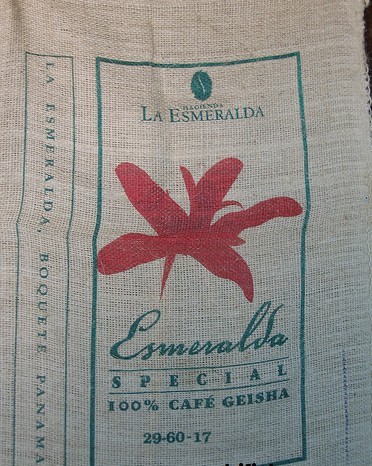
His son Mr. Blaise Bideson moved from California to Panama in 1973 to inherit his father's farm. In 1987, most of the farm was converted to coffee cultivation. In 1994, he invested in the purchase of refined coffee machinery in order to create a brand. Mr. and Mrs. Bideson raised three children, Eligu (born Philadelphia, 1966), Richelieu (born Sweden, 1967) and Daniele (born Panama, 1974), while the coffee farm was established.
In 1996 Braith and Rachel visited a farm for sale in the Haramijon area of the Boketty Valley and were attracted by the beauty of the farm and immediately bought it. This is Esmeralda. Harami Jonon Farm, third son Danielle. Mr. Bideson planted the coffee world's attention on this farm-Geisha coffee!
Geisha was originally planted in a small area of the estate because of its taller tree species and was used as a windbreak. The son of the owner of the estate, in order to participate in the annual Panama Best Coffee Competition, searched all the coffee trees in the estate to do the test, so that Geisha had the opportunity to appear; after that, he also participated in various international coffee competitions and won a total of eleven championships.

- Best of Panama (2004, 2005, 2006, 2007)
- SCAA Roasters Guild Cupping Pavilion(2005, 2006, 2007)
- Rainforest Alliance Cupping for Quality (2004, 2006, 2007, 2008)
Such excellent results make Geisha as brilliant as a green diamond, and it is also recognized in the international coffee bidding market, repeatedly setting high prices.
- Best of Panama 2004 Auction: $21/lb
- Best of Panama 2005 Auction: $20/lb
- Best of Panama 2006 Auction: $50/lb
- Best of Panama 2007 Auction: $130/lb
In the following two years, Esmeralda held its first single estate bidding activity. The products in Esmeralda estate were classified by harvest area or time, and were directly opened to buyers from all over the world to bid. The highest bidding price in 08/09 broke the 100-dollar mark again!
- Esmeralda Special 2008 Auction: $105/lb
- Esmeralda Special 2009 Auction: $117/lb
Come to Zhang Shengdou

Very beautiful blue-green, jade-like texture
It smells of fresh grass, peach, berry and oolong tea that most coffee beans don't have. Today, Taiwanese friends came to taste it and said that they called it a unique milky sweet taste of tea. It seems that aroma and taste need to be associated with each other, but the faint tea smell is something we can obviously feel.
In order to highlight the characteristics and aroma of this bean, the roasting degree is close to two explosions, close to two explosions and two explosions are also my more commonly used roasting degrees, just like the previous one, which can give full play to the characteristics of the bean itself. Too shallow will give off miscellaneous flavor, too deep will lose flower aroma and fruit acid, of course, this should also be adjusted according to the characteristics of the coffee bean and the understanding of the roaster for the bean itself.
Cooked beans real photo
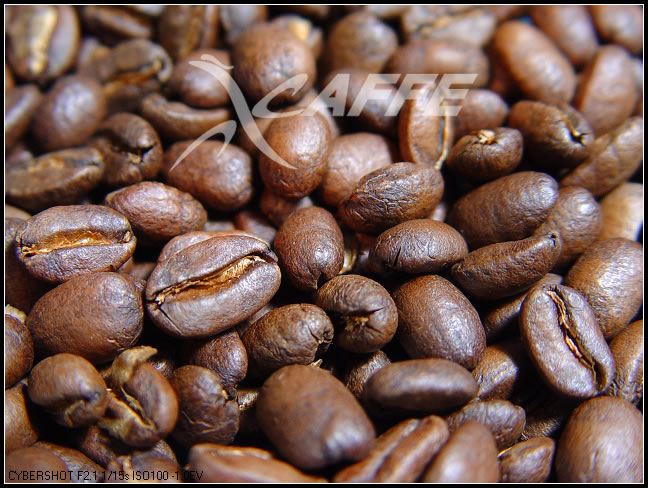
I usually call this a "sexy wrinkle." Most of the beans with this wrinkle are intended to emphasize their original flavor and acid, but if the raw beans themselves are not of high quality, they will have some miscellaneous flavors, such as rotten earthy flavor, grassy flavor and dry flavor, which should be avoided by roasters.
Roasted rose summer with charming lemon citrus aromas and super sweet honey cream
Because there are many utensils on hand, many brewing methods are used to understand this bean more comprehensively.
Using Hand Wash Extraction:
Powder 30g
Water temperature 85 degrees.
Extraction capacity: 300cc
Grinding tool: big eagle (ghost tooth cutter head)
Grinding scale: 3.5(the same brand and model of bean grinder may not be the same, the scale is only for reference)
Use tool genre: v60 conical ceramic filter cup, non-bleaching filter paper, long-mouth small mouth hand-made pot with thermometer
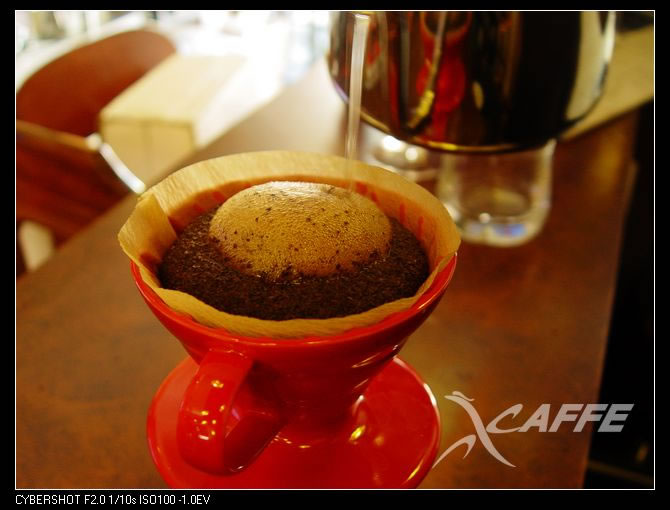


Palate: Probably because of the Ethiopian bean seeds, just a little taste of yejia sherry, but instantly there is a strong acid out, and then flower aroma, spices, cinnamon, mint and a large number of aromas emerge and rush into the nasal cavity, aroma tension is very strong and strong, rhythm is profound, taste layers, aftertaste endless. Maybe I used too many rhetorical words, but it was true. I drank fine coffee all the way from Blue Mountain, Kona, Civet, etc., and my mouth was already a little picky. At this time last year, I complained to my friends that I hadn't drunk beans that made me feel amazing for a long time, and this cup of rose summer was enough to impress a coffee glutton.
Siphon extraction follows.
Powder 25g
Extraction capacity: 320cc
Grinding tool: Big Eagle
Grinding scale 3 (because the filter paper is used instead of the conventional filter cloth, the grinding should be slightly coarser. The biggest advantage of using filter paper is that it will not smell because of repeated use)
Water temperature: 92 or so (siphon water temperature is not particularly stable temperature only reference)
Siphon pot brand: Japan hario 3 servings
Extraction time: 40 seconds

During the cooking process, the whole room was filled with strong aroma. The maltose sweetness was more prominent when drinking, and the acidity and aroma were more dense and concentrated. However, the tension and level were not as profound as those washed by hand. The flavor was more compact. Personally, I felt that although this bean tasted good in a siphon pot, the effect was average.
Important Notice :
前街咖啡 FrontStreet Coffee has moved to new addredd:
FrontStreet Coffee Address: 315,Donghua East Road,GuangZhou
Tel:020 38364473
- Prev
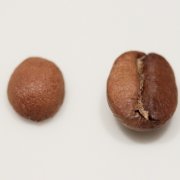
Discuss several flaws to avoid when baking
There are several defects to avoid when baking. Unripe beans. Beans are small and difficult to color. Coke beans. The reason is that the temperature is too high when entering the beans, and the beans are burnt. Bean tail coke. After the beans into the drum temperature is too high, or too slow rotation. Center focus. Dehydration to a burst of excessive fire. Impact crater. The first explosion to the second explosion stage, the fire is too strong. Not fully baked beans. A burst just finished, but can be used for cup testing. Attention beans
- Next
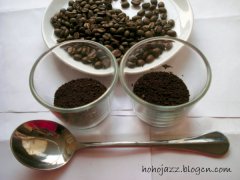
Yunnan small grain cup test (Cupping Test)
8OZ's cup, 16g on the left and 24g on the right, pour in boiling water and let stand for 3 minutes, then stir. Put the powder on the noodle below the liquid level. Put aside the coffee powder floating on the surface and sip the coffee liquid. The following evaluation results only represent personal views and are for reference only. Set the cup to test the full score of each item as 5 points Fragrance aroma 2 Acidty acidity 2 Flavor flavor 2 B.
Related
- Beginners will see the "Coffee pull flower" guide!
- What is the difference between ice blog purified milk and ordinary milk coffee?
- Why is the Philippines the largest producer of crops in Liberia?
- For coffee extraction, should the fine powder be retained?
- How does extracted espresso fill pressed powder? How much strength does it take to press the powder?
- How to make jasmine cold extract coffee? Is the jasmine + latte good?
- Will this little toy really make the coffee taste better? How does Lily Drip affect coffee extraction?
- Will the action of slapping the filter cup also affect coffee extraction?
- What's the difference between powder-to-water ratio and powder-to-liquid ratio?
- What is the Ethiopian local species? What does it have to do with Heirloom native species?

